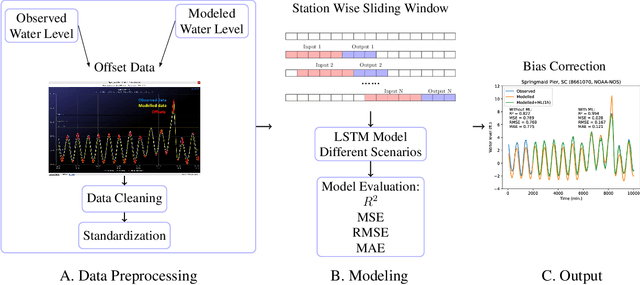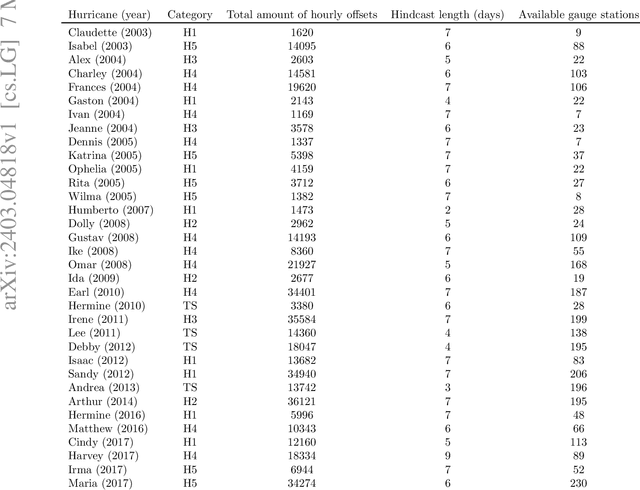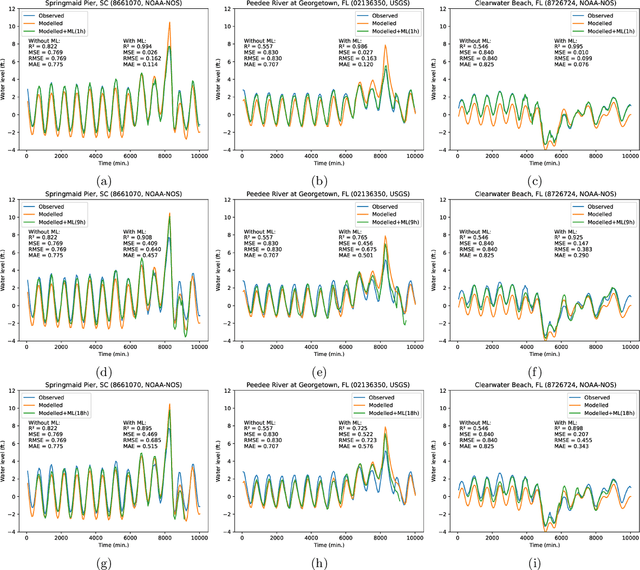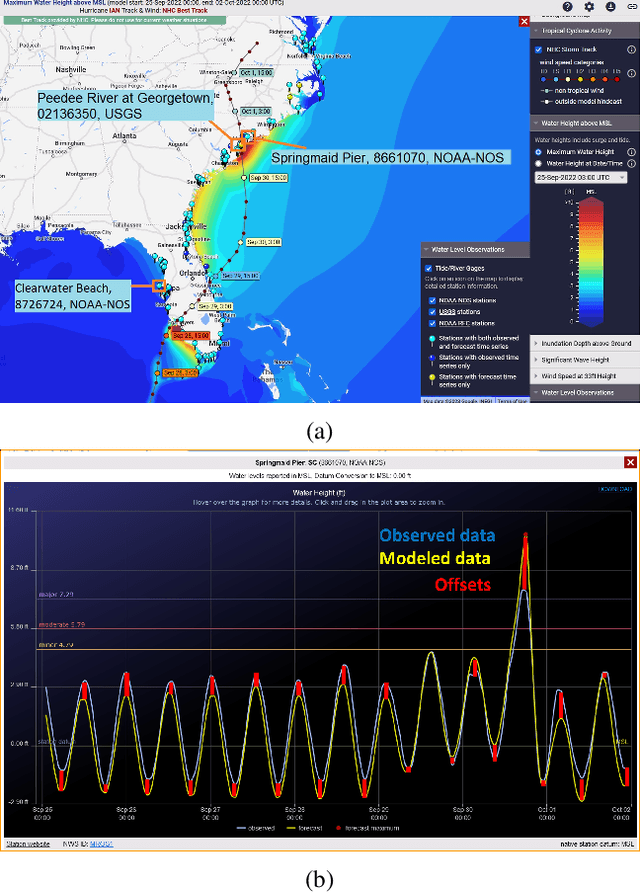Noujoud Nader
Evaluating AI-generated code for C++, Fortran, Go, Java, Julia, Matlab, Python, R, and Rust
May 21, 2024Abstract:This study evaluates the capabilities of ChatGPT versions 3.5 and 4 in generating code across a diverse range of programming languages. Our objective is to assess the effectiveness of these AI models for generating scientific programs. To this end, we asked ChatGPT to generate three distinct codes: a simple numerical integration, a conjugate gradient solver, and a parallel 1D stencil-based heat equation solver. The focus of our analysis was on the compilation, runtime performance, and accuracy of the codes. While both versions of ChatGPT successfully created codes that compiled and ran (with some help), some languages were easier for the AI to use than others (possibly because of the size of the training sets used). Parallel codes -- even the simple example we chose to study here -- also difficult for the AI to generate correctly.
ML-based identification of the interface regions for coupling local and nonlocal models
Apr 23, 2024Abstract:Local-nonlocal coupling approaches combine the computational efficiency of local models and the accuracy of nonlocal models. However, the coupling process is challenging, requiring expertise to identify the interface between local and nonlocal regions. This study introduces a machine learning-based approach to automatically detect the regions in which the local and nonlocal models should be used in a coupling approach. This identification process uses the loading functions and provides as output the selected model at the grid points. Training is based on datasets of loading functions for which reference coupling configurations are computed using accurate coupled solutions, where accuracy is measured in terms of the relative error between the solution to the coupling approach and the solution to the nonlocal model. We study two approaches that differ from one another in terms of the data structure. The first approach, referred to as the full-domain input data approach, inputs the full load vector and outputs a full label vector. In this case, the classification process is carried out globally. The second approach consists of a window-based approach, where loads are preprocessed and partitioned into windows and the problem is formulated as a node-wise classification approach in which the central point of each window is treated individually. The classification problems are solved via deep learning algorithms based on convolutional neural networks. The performance of these approaches is studied on one-dimensional numerical examples using F1-scores and accuracy metrics. In particular, it is shown that the windowing approach provides promising results, achieving an accuracy of 0.96 and an F1-score of 0.97. These results underscore the potential of the approach to automate coupling processes, leading to more accurate and computationally efficient solutions for material science applications.
Storm Surge Modeling in the AI ERA: Using LSTM-based Machine Learning for Enhancing Forecasting Accuracy
Mar 07, 2024



Abstract:Physics simulation results of natural processes usually do not fully capture the real world. This is caused for instance by limits in what physical processes are simulated and to what accuracy. In this work we propose and analyze the use of an LSTM-based deep learning network machine learning (ML) architecture for capturing and predicting the behavior of the systemic error for storm surge forecast models with respect to real-world water height observations from gauge stations during hurricane events. The overall goal of this work is to predict the systemic error of the physics model and use it to improve the accuracy of the simulation results post factum. We trained our proposed ML model on a dataset of 61 historical storms in the coastal regions of the U.S. and we tested its performance in bias correcting modeled water level data predictions from hurricane Ian (2022). We show that our model can consistently improve the forecasting accuracy for hurricane Ian -- unknown to the ML model -- at all gauge station coordinates used for the initial data. Moreover, by examining the impact of using different subsets of the initial training dataset, containing a number of relatively similar or different hurricanes in terms of hurricane track, we found that we can obtain similar quality of bias correction by only using a subset of six hurricanes. This is an important result that implies the possibility to apply a pre-trained ML model to real-time hurricane forecasting results with the goal of bias correcting and improving the produced simulation accuracy. The presented work is an important first step in creating a bias correction system for real-time storm surge forecasting applicable to the full simulation area. It also presents a highly transferable and operationally applicable methodology for improving the accuracy in a wide range of physics simulation scenarios beyond storm surge forecasting.
Optimizing Uterine Synchronization Analysis in Pregnancy and Labor through Window Selection and Node Optimization
Feb 10, 2024Abstract:Preterm labor (PL) has globally become the leading cause of death in children under the age of 5 years. To address this problem, this paper will provide a new approach by analyzing the EHG signals, which are recorded on the abdomen of the mother during labor and pregnancy. The EHG signal reflects the electrical activity that induces the mechanical contraction of the myometrium. Because EHGs are known to be non-stationary signals, and because we anticipate connectivity to alter during contraction, we applied the windowing approach on real signals to help us identify the best windows and the best nodes with the most significant data to be used for classification. The suggested pipeline includes i) divide the 16 EHG signals that are recorded from the abdomen of pregnant women in N windows; ii) apply the connectivity matrices on each window; iii) apply the Graph theory-based measures on the connectivity matrices on each window; iv) apply the consensus Matrix on each window in order to retrieve the best windows and the best nodes. Following that, several neural network and machine learning methods are applied to the best windows and best nodes to categorize pregnancy and labor contractions, based on the different input parameters (connectivity method alone, connectivity method plus graph parameters, best nodes, all nodes, best windows, all windows). Results showed that the best nodes are nodes 8, 9, 10, 11, and 12; while the best windows are 2, 4, and 5. The classification results obtained by using only these best nodes are better than when using the whole nodes. The results are always better when using the full burst, whatever the chosen nodes. Thus, the windowing approach proved to be an innovative technique that can improve the differentiation between labor and pregnancy EHG signals.
 Add to Chrome
Add to Chrome Add to Firefox
Add to Firefox Add to Edge
Add to Edge